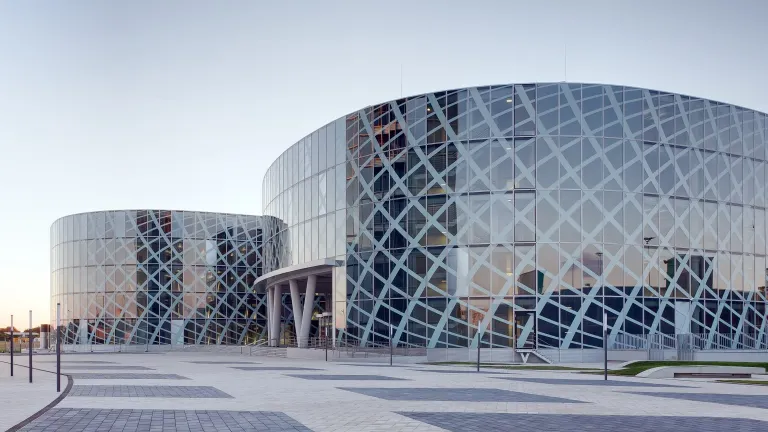Who we are

We are the largest energy producer in Southeastern Europe and one of the biggest taxpayers and private investors in Romania. We fuel modern life.
At OMV Petrom, we power Romania and the region with reliable energy. We are active along the entire energy value chain: from Exploration & Production of oil and gas, to Refining & Marketing of fuel products, power generation and marketing of Gas & Power and sustainable energy projects.
We are part of Romania's economic and social fiber: since 2005, we have been supporting local communities with ~€190 mn in projects focused on education, health, environment and local development, integrating responsibility into everything we do.
Key Figures (2005-2024)
>€44 bn
contribution to state budget
>€20 bn
investments in the economy
10,500
employees at the end of 2024